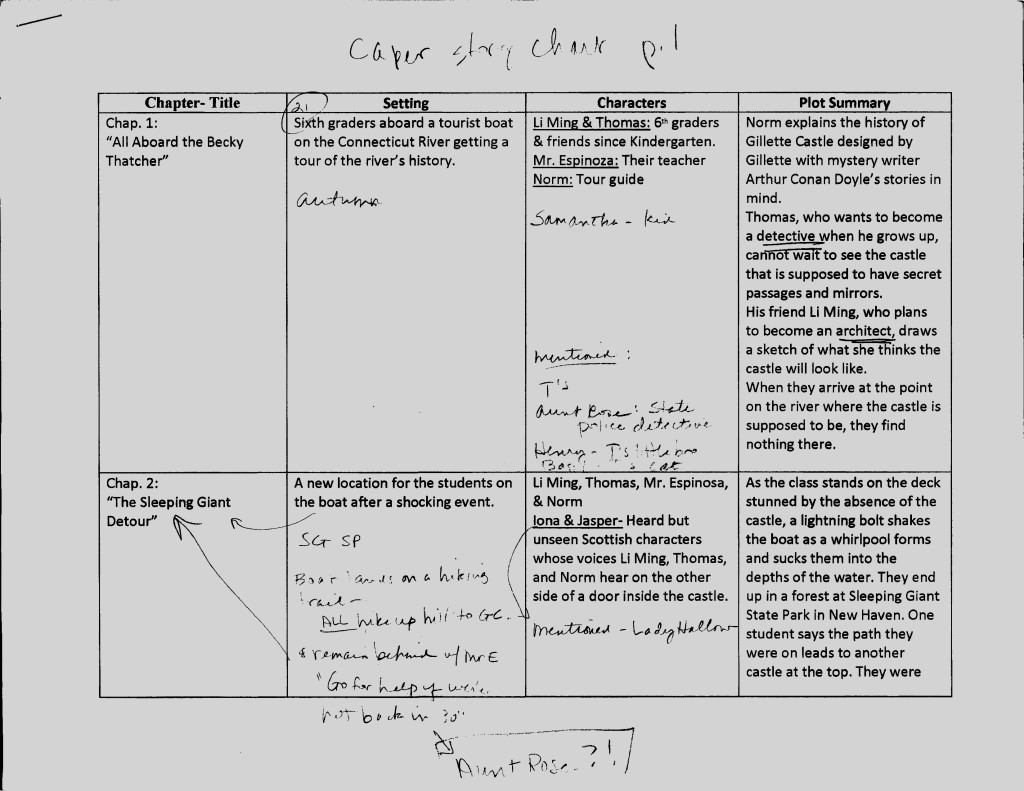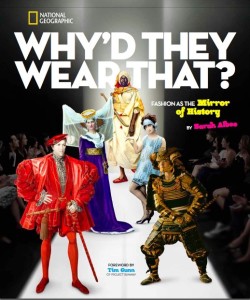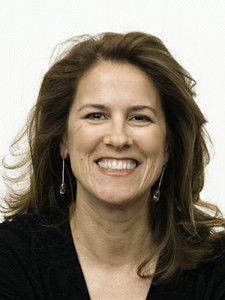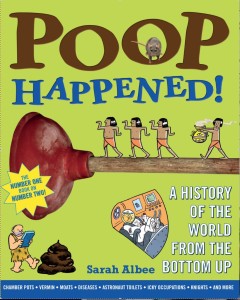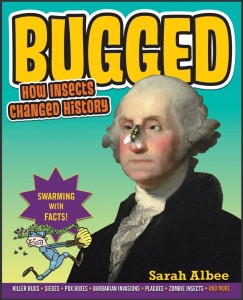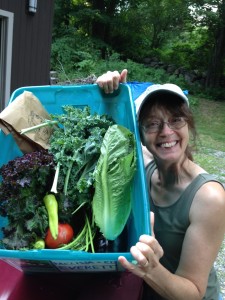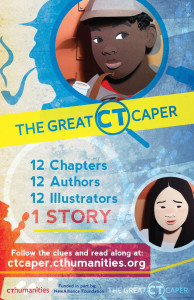 THE GREAT CT CAPER, a serialized mystery for young readers about Gillette Castle gone missing, launched at the beginning of the month. I’m thrilled to announce Chapter two is out! And I wrote it! If you haven’t read chapter one yet, I highly recommend you do that before heading on over to my chapter.
THE GREAT CT CAPER, a serialized mystery for young readers about Gillette Castle gone missing, launched at the beginning of the month. I’m thrilled to announce Chapter two is out! And I wrote it! If you haven’t read chapter one yet, I highly recommend you do that before heading on over to my chapter.
I’m avoiding any major spoilers in this blog post about writing chapter two, but you might want to read the chapters first, just so you’re not unduly influenced during your reading. So far it’s been great fun creating a chapter and finally getting to see both the illustration by a Connecticut artist and the curriculum guide for my chapter. Here’s my journey of being a part of this adventure.
Getting the Assignment
When I heard that the CT Humanities was looking for authors and illustrators from CT to create a serialized story based on a missing state landmark, it sounded like a fun project, so I sent out my writing sample, personal statement, and resume. I was super excited to get a phone call informing me I was selected as one of the twelve authors and that I would soon find out what chapter I would be writing.

A sneak peek at Gillette Castle as we approached it from the grounds.
We were told the public has chosen Gillette Castle as the missing landmark (the landmark I voted for in the poll!) and that the target audience was kids ages 9-12. We would be provided with some facts about the castle and William Gillette, the man who designed the castle and lived there, and the previous chapters. Then the authors would be given free rein to be creative, fun, informative, whatever we wanted to be in our chapters. The only hitch was that we would each have just one week to write the chapter and then a follow-up week to edit it. Phew!
I originally thought I’d be writing one of the middle chapters in early 2015, but then I got an email that asked me if I’d be able to write chapter two in late September (which was only a few weeks away). I was nervous about getting it done (with The Prince only being a few months old and a family vacation planned for early October), but excited. Chapter two seemed like the perfect chapter to write in this kind of serialized storytelling with multiple authors.
I wouldn’t have the responsibility of laying the groundwork of a whole story like the chapter one author (read about Yelizaveta P. Renfro’s approach to chapter one here), but I also wouldn’t have too much story to keep track of like authors of later chapters. And I figured I’d have lots of leeway to put my mark on the story since I was assigned such an early chapter. All in all, a pretty good deal.

A view of the Connecticut River from Gillette Castle.
Doing the Research
As part of being involved with the Caper, all the authors and illustrators were offered a free visit to Gillette Castle. Now I had seen the castle from the Connecticut River while on a boat tour, but I had never been up close to it or inside. After reading some information about it on the Internet, I decided I just had to try and get there before writing my chapter. With the crazy, brilliant mind of William Gillette behind the design of it, I wanted to see the spying mirrors, secret passages, and medieval design in person.

The boys and I hanging out on one of the balconies.
So the hubby took a day off from work; we packed the boys, lunch, diaper bags, and supplies into the car; and took a drive to East Haddam, CT to check out Gillette Castle State Park. Boy was it worth the trip! It was rainy that morning, so we didn’t get to explore the grounds much (there are acres of hiking trails in the park), but we got full run of the castle and the tour guides because there was hardly anyone else there on a random, rainy weekday in early September.
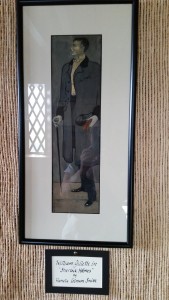
William Gillette posing as Sherlock Holmes.
With The Prince strapped to me in a baby wrap and my phone camera and notebook in hand, I was ready to explore. I asked the gracious tour guide lots of question (he even had questions for me about the Caper…he had heard of it but didn’t know much about it), took a ton of pictures, and really just took it all in. The castle is small, as castles go, but there are so many little details to it and lots of information about William Gillette, who was a fascinating person. Most notably, he was the actor who created the character of Sherlock Holmes as we know it today with the deerstalker cap and curved pipe.
Seeing the castle and learning about William Gillette really got my imagination going. On the ride home, I jotted down some key ideas and images that popped into my head and hoped that I’d be able to include even a little of what had inspired me.
Writing the Chapter
Before I knew it, I had received my email with chapter one and the plot and character cheat sheet (pretty short given there was only one chapter before mine). Then it was time to get my creative juices on! As I read through chapter one, little bubbles of excitement percolated in my belly as I met the characters and got a feel for the voice of the story. There was a lot to work with, and so many places I could take the story. Then I read the first chapter again and I continued to look back at it as I began writing my own.
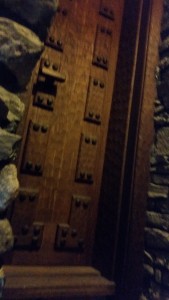
One of the many doors, no two of which are exactly alike, in the castle. This particular one plays a role in my chapter.
I saw lots of opportunities to use some of the ideas and notes from my visit, but I knew I would have to be selective. I had only 650 words to work with and lots I wanted to do. First, I had to make sure to move the story forward and I wanted lots of action in my chapter. I also wanted to continue to develop the already established characters and maybe add in a few new ones. I wanted to add some magic, because that’s what I love to read and write about, and it made sense that magic would be involved in the disappearance of a castle!
And I really, really wanted to include Gillette Castle in my chapter. That detail was a bit tricky because the chapter was so early in the story and I couldn’t have them finding the castle and the characters being like, “Okay, mystery solved.” So I used the magic system I had come up with to accomplish being able to have the castle in the story but without solving the mystery. I decided to start the chapter with a bang (literally a boom!) of magic and get right into the action.
One other idea I had toyed around with was including one of my favorite places in CT, a place I had visited many times growing up and continue going to as an adult with my kids. (Want to know which place that is? Well, you’ll have to read the chapter to find that out.) I’ve lived my whole life in CT and I think it’s a special place, so I really wanted to highlight one of the things I love about the state.
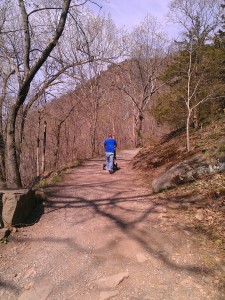
On location at the other place in CT I wanted to feature in the story.
The new characters came in the form of villains because I thought it was important to introduce them early on in the story. Chapter one had established the protagonists very well, so I added in a couple of antagonists right at the end of the chapter.
The first chapter had ended with a great cliffhanger, and I had to end the next one like that as well. It’s important to end any chapter in a novel in a way that keeps the reading turning the page, but this element is especially important in a serialized story. I also wanted to conclude in a way that the next author could pretty much take the story in whatever direction they wanted. If they wanted to continue using the magic system I had established, they could, but they could also chose not to use magic in their part as well.
Plus it all had to make sense, it had to feel complete and not rushed, and it had to have a story arc of its own with some semblance of a beginning, middle, and end. All the while, I wanted to move the story forward. I was always conscience of having “stuff” happen and making the most of my words.
In retrospect, looking back at all the things I wanted to accomplish seems like it was a big task, but it kind of all flowed. (Thankfully, because I had to write it all in one week!). The hardest part was paring it all down to fit in the word count. I kept going back and trimming, trimming, trimming. I cut out unnecessary words. I took out all but the most important details and descriptions. I threw out anything that just wasn’t essential to the plot.
And you know what? I had a lot of fun doing it. Before I knew it, I had written my chapter, completed my edits, and just had to wait for the story to come out.
Marketing and Partying and Such
Since completing my chapter, I’ve also had a lot of fun meeting the other authors and illustrators and marketing the story. I invited them to guest post on the blog and I met a bunch of them in person at the launch party in Hartford, CT. It was great to have an evening out with adults (I had to actually change out of my sweatpants!). I also met some really enthusiastic teachers and librarians who are bringing the Caper to their schools. I’m looking forward to the second launch party next week at the Peabody Museum in New Haven, CT (sign up here for the free event).
The CT Humanities brought the idea of a serialized, state centered story to CT and other state organizations have gotten involved too. And all the people involved have been great to work with and meet. It’s really made the whole experience worth it (because, yes, all the authors and illustrators volunteered our time to the project…i.e. we didn’t get paid). I’ve always found trying to market my writing to be really hard and a bit of a drag, but I’ve actually had a lot of fun spreading the word about the Caper. I think having a solid network behind the project has really helped with that. I plan on taking what I’ve learning about marketing to future releases of my own titles.
Like the rest of you, I have not read the rest of the chapters. So I’m really excited about seeing where everyone else has taken the story. I’ve heard some rumors, which I could mention here but then I’d have to track you all down to silence you, so I’m keeping my mouth shut about those! I hope that many kids enjoy following along with the story and the games and activities. I hope, too, that other states see what CT has done with the Caper and do their own versions. Maybe CT will even do another one in the future. There are so many possibilities with this kind of storytelling.
So go read those chapters and share here what you think will happen next in THE GREAT CT CAPER!
 Find a Clue, Leave a Clue: Wrapping Up The Great CT Caper
Find a Clue, Leave a Clue: Wrapping Up The Great CT Caper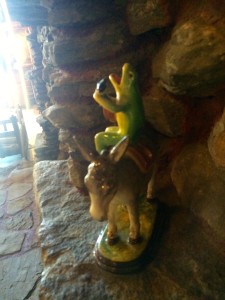 Once more, I studied the clues that were already hidden in the Caper. And those clues led me to the perfect setting for the end of the story. One more very special (and very secret) Connecticut landmark.
Once more, I studied the clues that were already hidden in the Caper. And those clues led me to the perfect setting for the end of the story. One more very special (and very secret) Connecticut landmark.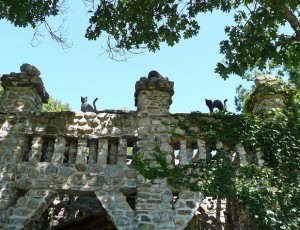 Now I was ready to visit the secret landmark myself, to hammer out the details of the final chapter. Armed with notebook and cell phone camera, I soaked in the atmosphere and asked lots of questions. I took photos. By the time I was done, I knew that this setting would work perfectly.
Now I was ready to visit the secret landmark myself, to hammer out the details of the final chapter. Armed with notebook and cell phone camera, I soaked in the atmosphere and asked lots of questions. I took photos. By the time I was done, I knew that this setting would work perfectly.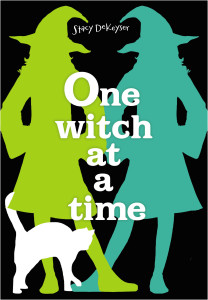 About the Author:
About the Author: